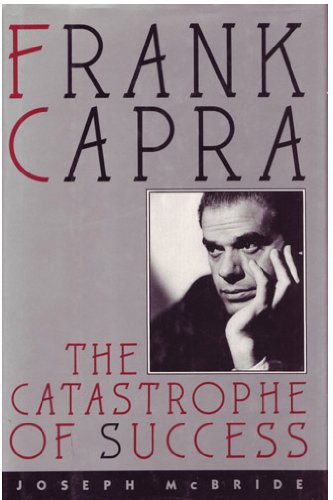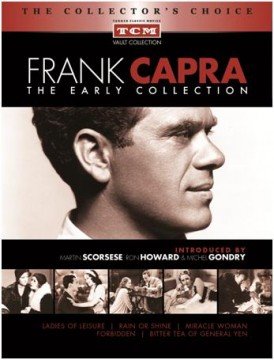Directed by Frank Capra and co-directed (uncredited) by William T. Hurtz, The Strange Case of the Cosmic Rays is the third in a series of educational science films produced by Bell Laboratories. This 55-minute documentary blends scientific inquiry with theatrical flair, using puppets, mystery tropes, and real physics to explain the elusive nature of cosmic rays.
Plot Summary
The film opens with Dr. Research and his assistant The Writer preparing a presentation on cosmic rays. To make the topic more engaging, they consult a trio of puppet literary greats—Charles Dickens, Edgar Allan Poe, and Fyodor Dostoevsky—who are judging a mystery-writing contest. The twist? The mystery is scientific: What are cosmic rays, and where do they come from?
Using animations, experiments, and dramatized segments, the film explores how cosmic rays were discovered, how they interact with Earth’s atmosphere, and why they remain one of the universe’s great enigmas. The puppets add humor and philosophical musings, while real footage of cloud chambers and particle tracks ground the film in authentic science.
Notable Elements
- Puppets of Dickens, Poe, and Dostoevsky serve as a whimsical Greek chorus
- Dr. Research was portrayed by Frank Baxter, a real professor known for his charismatic delivery
- The film uses cloud chamber visuals to show particle interactions
- It was distributed on 16mm film reels, often provided free to schools by Bell Labs
Behind-the-Scenes Trivia
- This was the third of four educational films Capra made for Bell Labs, following Our Mr. Sun and The House in the Middle
- Capra’s goal was to make science accessible and entertaining, blending Hollywood storytelling with classroom rigor
- The puppets were designed to reflect each author’s personality—Dickens is warm, Poe is morbid, Dostoevsky is philosophical



Comments are closed, but trackbacks and pingbacks are open.